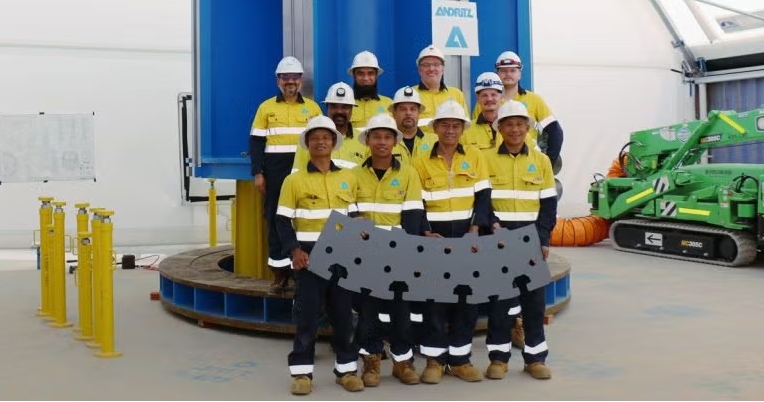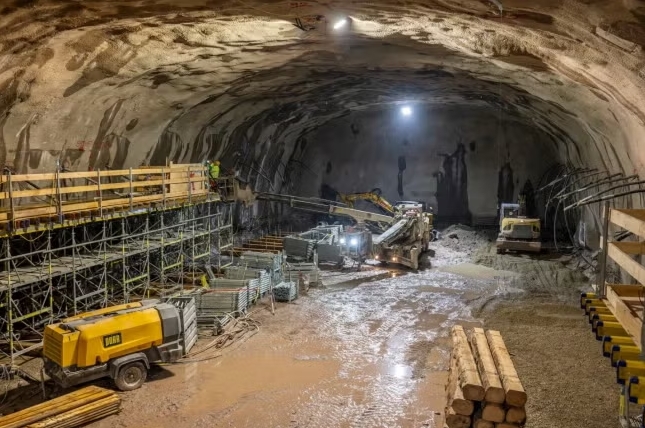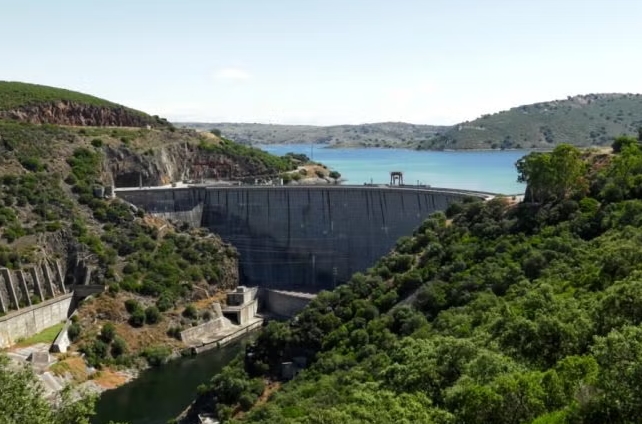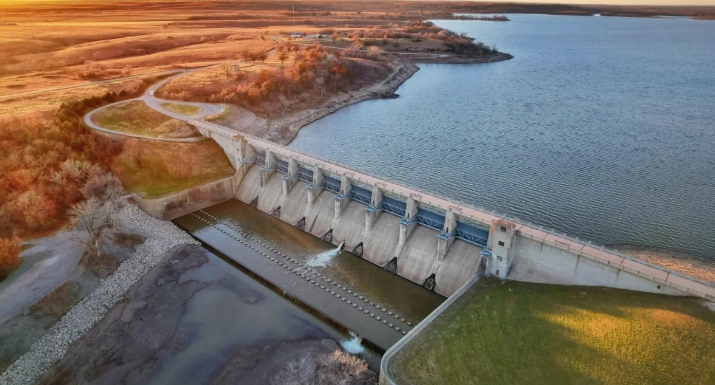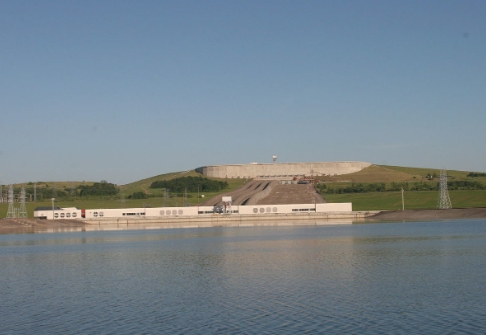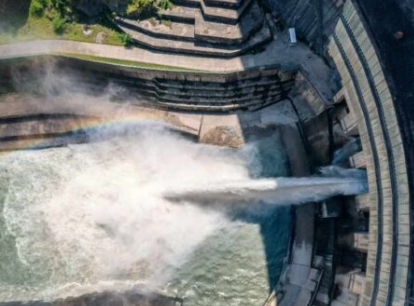The first pumped hydro project in Australia’s main grid in nearly 40 years – and the first outside public ownership – looks almost certain to go ahead after the listed Genex landed a revised off-take agreement with utility EnergyAustralia for its 2,000MWh Kidston storage project.
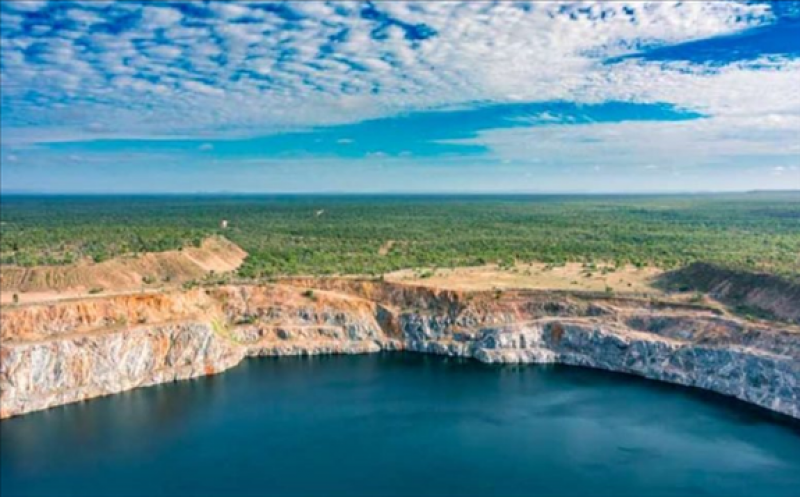
The new deal for the Kidston project – located in an old gold mine of the same name, and sized at 250MW of capacity with eight hours of storage – was announced on Monday morning after months of haggling between the two parties after EnergyAustralia – under pressure from its major shareholder CLP Holdings – pulled out of its previously agreed off-take arrangement.
The new deal means that rather than locking in for a 30-year contract, EnergyAustralia will sign up for a 10-year agreement, with options to extend for an initial 10-year period and then a further 10-year period. It will operate the plant, have full dispatch rights and meet its operating costs, in much the same way as it does with the Ballarat and Gannawarra big batteries in Victoria.
EnergyAustralia will also carry all the risk of volume and marginal loss factors, but has pulled out of any equity investment in the project.
Genex will receive an escalating annual fixed fee – which it compares to a “secure bond-like cash flow.” It has locked in around $610 million in debt from the Northern Australia Infrastructure Facility, and will see a joint venture partner to meet half of the expected equity costs of around $100 million, which includes its share of the cost of a new transmission line.
“It took a while, but we got there in the end,” Genex director Simon Kidston told RenewEconomy in a phone interview. “It’s been a frustrating year ….. but this deal means the project will go ahead.”
Financial close and construction is expected to begin in the third quarter of this year, although the timing may be adjusted depending on the impact of the Covid-19 pandemic.
Genex is also looking to add 270MW of utility scale solar – there is already a 50MW solar plant at the mine-site – and 150MW of wind. Kidston indicated that because of the huge amount of solar development in the region, and Queensland as a whole, Genex was now likely to place a higher priority on the wind component.
Kidston told RenewEconomy that the design of the deal means that if EnergyAustralia does not extend beyond the initial 10-year period then the debt component should already have been paid down sufficiently for the company to comfortably seek another commercial arrangement, or even enter the merchant market. (The storage market should be well advanced by then).
EnergyAustralia said in a statement quoting markets executive Ross Edwards that the Kidston project is both “big” and “a first for Australia”, and would provide much-needed reliability and security for the electricity market, as more renewables enter the system.
“Pumped hydro is the perfect technology to complement solar energy, with its ability to store excess power in the middle of the day and then generate in the mornings and evenings when our customers need it,” Edwards was quoted as saying.
“We thank the community, our counterparts and anyone who has actively followed this project for their patience and support while we work through the specifics.
“It’s important that we continue to invest in the transition to a cleaner energy future through these challenging times to provide much-needed jobs and economic activity.”
A start in the third quarter means that the Kidston project will beat the more controversial Snowy 2.0 project to the punch, and become the first new pumped hydro project in the National Electricity Market for nearly four decades. And the first to be built by private interests.
Another half a dozen or so pumped hydro projects are being proposed – mostly in South Australia and NSW – with some in the short-list of projects being considered by the federal government’s heavily delayed Underwriting New Generation Investment scheme.
The Australian Renewable Energy Agency has also said it will put $40 million towards one of three pumped hydro projects in South Australia, and says it has made its choice, but won’t announce the winner until a contract is finalised.

